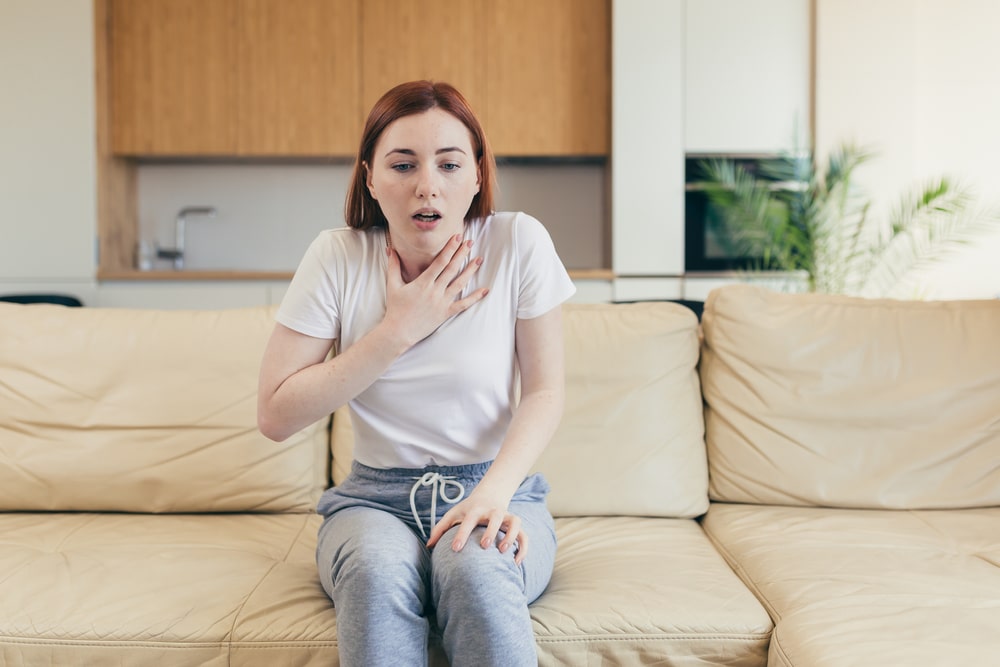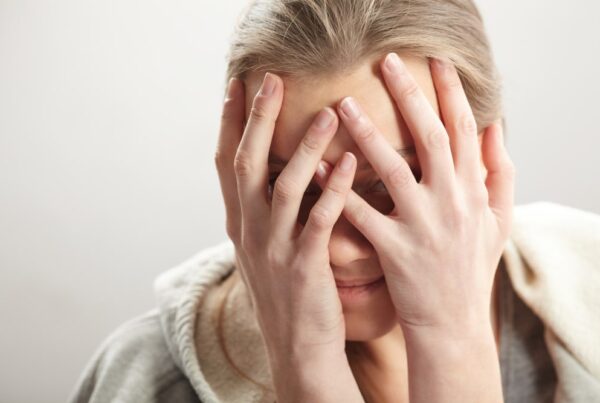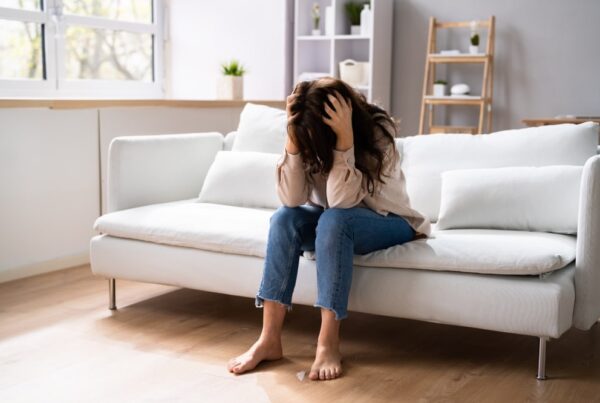The Mayo Clinic explains a panic attack as “a sudden episode of intense fear that triggers severe physical reactions when there is no real danger or apparent cause.” Panic attacks most often occur out of the blue and are not always cued by stressors. However, people who experience anxiety are at an increased risk of experiencing panic attacks. The medical definition of anxiety provided in the Merriam-Webster Dictionary is “an abnormal and overwhelming sense of apprehension and fear often marked by physical signs (such as tension, sweating, and increased pulse rate), by doubt concerning the reality and nature of the threat, and by self-doubt about one’s capacity to cope with it.” A panic attack is classified when an individual experiences four or more of the following symptoms simultaneously, as provided by Anxiety & Depression Association of America (ADAA):
- Excessive sweating.
- Fear of dying.
- Chest pain.
- Dizziness.
- Chills.
- Heart palpitations.
- Light-headedness.
- Nausea.
- Feelings of choking.
- Trembling.
- Tingling sensations and/ or numbness.
- Fear of losing control.
- Difficulty catching one’s breath.
- Excessive shaking and/ or shivering.
- Abdominal distress.
- Accelerated heart rate.
Panic attacks can range in severity and duration. Typically, panic attacks are short-lived, but the quick onset and the intense symptoms can leave an individual experiencing residual effects of anxiety long after a panic attack has ended.
What To Do
Panic attacks can be highly unnerving. The following suggestions may help to stop or manage anxiety-related panic attacks:
- Breathe: Focus on slowing down your breath to help pull your focus away from your symptoms and onto your breath. A group of scientists found that slow breathing could improve feelings of relaxation, comfort, and alertness and reduce symptoms of arousal anxiety, depression, anger, and confusion.
- Guide yourself out of panic: Focusing on the five senses is an effective grounding technique. A quick way to bring one’s attention to the present moment is to actively engage all five senses. Try this by naming 5 things you can see, 4 things you can feel, 3 things you can hear, 2 things you can smell, and 1 thing you can taste.
- Get some fresh air: Research suggests that both spending time in nature and visualizing nature can help treat and manage anxiety.
- Exercise: Experts have found that exercising at 60 to 90 percent of your maximum heart rate for 20 minutes three times per week can help reduce anxiety.
If you are experiencing frequent, recurring, and/ or severe panic attacks it is best to err on the side of caution and obtain an evaluation from a qualified mental health professional. At the very least, they will be able to provide you with more pointed guidance for how to best navigate and overcome anxiety-related panic attacks.
Treatment In Calabasas
Calabasas is a city in California. It is a well-known suburb of Los Angeles, located west of the San Fernando Valley and north of the Santa Monica Mountains. Over the past decade, the city of Calabasas has grown in its reputation for luxury as well as for privacy which makes it a hidden gem for residential living for society’s elite, and one of the most desirable destinations in Los Angeles County. It is also home to a plethora of highly qualified mental health clinicians providing an array of therapeutic services and treatment options.
The information above is provided for the use of informational purposes only. The above content is not to be substituted for professional advice, diagnosis, or treatment, as in no way is it intended as an attempt to practice medicine, give specific medical advice, including, without limitation, advice concerning the topic of mental health. As such, please do not use any material provided above to disregard professional advice or delay seeking treatment.




